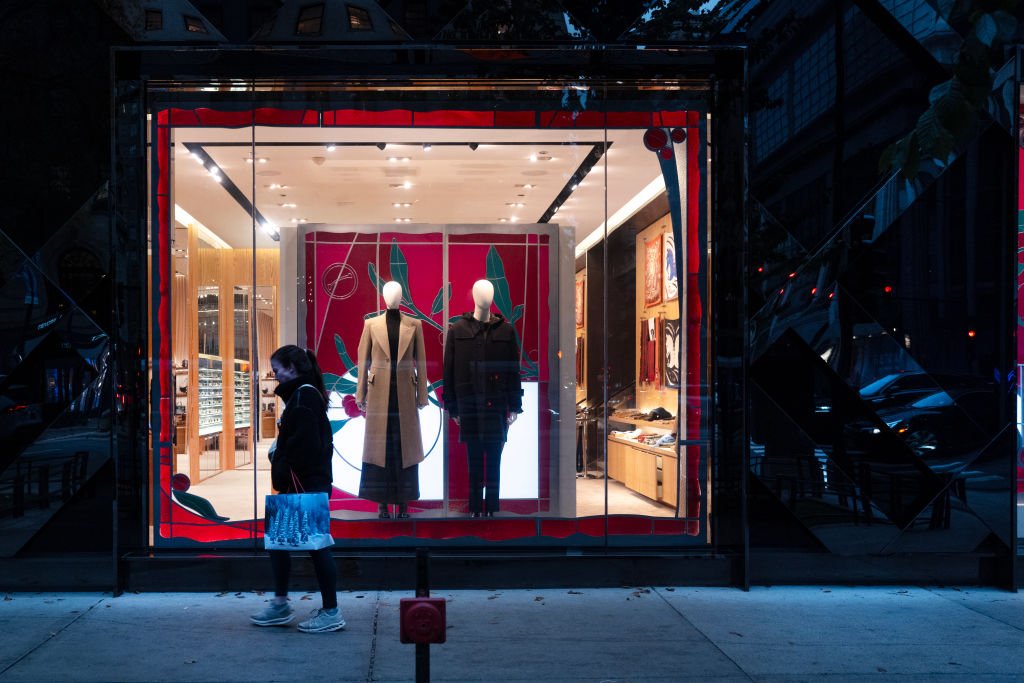Alex Piquero
New Shoplifting Trends Reveal Shocking Reasons Behind Locked-Up Toothpaste

CHICAGO — A recent report from the nonpartisan Council on Criminal Justice indicates that shoplifting rates in the nation’s three largest cities—New York, Los Angeles, and Chicago—remain elevated compared to pre-pandemic levels. This surge in retail theft has garnered significant attention, particularly among lawmakers focused on public safety in their communities.
The rise in shoplifting incidents has been stark since 2020 when social media highlighted several high-profile smash-and-grab robberies. Although recent polling suggests a slight improvement in public perceptions of crime, many Americans still believe criminal activity is worse than in previous years. “There is this sense of brazenness… that hurts the consumer, and it hurts the company,” said Alex Piquero, a criminology professor at the University of Miami.
In response to the ongoing issue, at least eight states, including Arizona, California, and New York, enacted 14 bills in 2024 aimed at combating retail theft. These legislative measures seek to redefine theft crimes, adjust penalties, and enhance protections for retail workers. Major retailers have also ramped up their security measures, including closing stores and hiring private security, yet shoplifting remains a persistent problem.
Chicago has seen fluctuations in shoplifting rates, with a staggering 46% increase from January to October 2024 compared to the previous year. Los Angeles reported shoplifting incidents at 87% higher levels in 2023 than in 2019, though a new crime reporting system may have affected accuracy. Meanwhile, New York’s shoplifting rates were noted as 55% higher than those recorded before the pandemic.
Experts suggest that the increase in reported incidents might be due in part to better recording practices rather than a true spike in theft. “As retailers pay more attention, we wouldn’t expect the numbers to increase,” noted Ernesto Lopez, the report’s author. “It makes it challenging to understand the trends.”
Across cities, the shadows of shoplifters loom large, impacting both communities and retailers. Urban centers like Chicago have seen dips in foot traffic at malls. Edward Johnson, a security guard in downtown Chicago, described a changing environment where online shopping has diminished mall activity. He remarked on the varied backgrounds of shoplifters, indicating that motivations can differ widely.
In significant legislative action, Cook County recently lowered the threshold for felony retail theft charges from $1,000 to $300. This move aims to signal seriousness towards the rising problem. On a broader level, organized retail crime has become a concern nationwide, contributing to significant financial losses. The National Retail Federation attributes 36% of $112.1 billion in losses to external theft, which includes organized groups targeting high-value items.
California Governor Gavin Newsom has also taken measures against retail theft, signing a series of bills aimed at strengthening penalties for repeat offenders and allowing crimes across counties to be aggregated. In New Jersey, a bipartisan initiative is moving through the legislature to toughen penalties specifically for orchestrated shoplifting rings.
As states grapple with the ramifications of retail crime, the need for thorough reporting has never been more crucial. Understanding the full impact of shoplifting remains a challenge, as many crimes go unreported. Lopez emphasized the importance of accurate data for effective law enforcement resource allocation.
While retail theft continues to evolve, both policymakers and retailers are seeking innovative solutions to combat this challenge, aiming to restore safety and confidence in shopping environments.

















